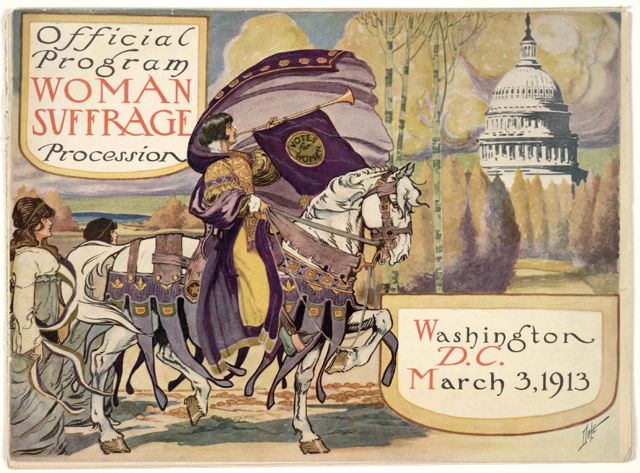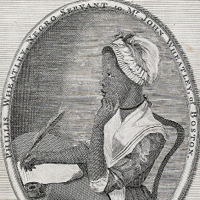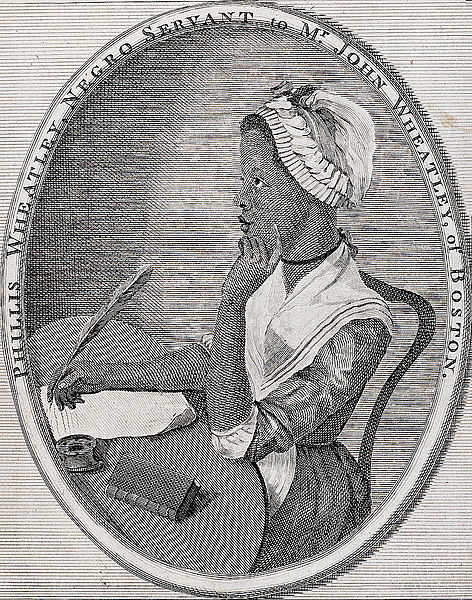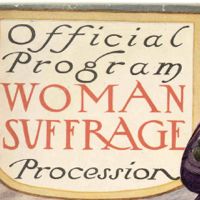 I assigned my preservice teachers at University of Portland the task of using Learnist to design a document based question that would eventually become part of a class-produced DBQ iBook collection. DBQ assignment here. More samples of student-designed DBQs here.
I assigned my preservice teachers at University of Portland the task of using Learnist to design a document based question that would eventually become part of a class-produced DBQ iBook collection. DBQ assignment here. More samples of student-designed DBQs here.
I’ve asked them to reflect on the assignment and invited them to guest post on my blog. Here is Propaganda of the American Suffrage Movement, c. 1910-1920 – a DBQ designed by Heather Treanor and Cory Cassanova. This DBQ is meant to encourage students to think critically about the American suffrage movement propaganda. The generative questions are: “How do images express biases?” and “How are political, social, and economic factors presented?”
You can find Heather at LinkedIn and here’s her posts on our class blog. Here’s Cory’s posts on our class blog.
See Heather and Cory’s chapter in our class-designed iBook – free at iTunes.
Here’s Heather’s reflection on the project:
In our DBQ on women’s suffrage, we wanted the students to learn how image propaganda is used to make an argument or portray a side. Our generative questions were:
- What is the role of image media in the suffrage movement?
- How are pro-and anti-suffrage movements depicted in media?
- What are the biases that are found in image media?
- How are political, social, and economic factors portrayed in image media?
After doing this unit, the students should be able to look at a women’s suffrage image and answer the following questions (which connect back to the generative questions):
- What side is this image from? (Pro-suffrage or anti-suffrage?)
- What argument is the image making? How do you know?
- What does this image say about the society at the time this image was printed?
Each image asks the students to make a decision on the image’s argument and back up their answer with evidence.
Making the DBQ was a challenging assignment, mainly because we needed to find the best images that represented exactly the argument that we wanted. One of the problems was that, because there are so many images from the suffrage movement, there are often images that have different pictures but that make the same argument. We tried to be careful to choose images that did not just show a repeat of an argument, but that depicted a new suffrage position.
Our final project met all of the generative goals and objectives quite well. Each image asks the students to make a decision on the image’s argument and back up their answer with evidence, or it asks the students to compare the images to make a decision on how society had changed between the picture publications. The final DBQ is a great tool that can be used in conjunction with a social studies or communications class that is studying the suffrage movement in the United States. It can be found on the website Learnist, and soon on an iBook
Here’s Cory’s reflection on the project:
We discovered that if the students had only positive (pro-suffrage) propaganda to view, then the lesson loses some of its strength.
When we first started working on this DBQ we knew that we wanted to educate students on how to best analyze propaganda, understanding what each piece is trying to say, being able to discover how each piece goes about conveying its message, and what historical events are transpiring to bring about such pieces of work. At the beginning of this DBQ lesson there was talk of only showing pro-women’s suffrage propaganda, but we discovered that if the students had only positive propaganda to view, then the lesson loses some of its strength. As a result we had to make a slight change my overall lesson. Instead of using only pro-suffrage pieces, we would also use anti-suffrage pieces and the students would compare, contrast, and analyze these pieces as a whole as well instead of independently.
I personally believe that the final project achieved all of my learning goals. My partner had a large amount of excellent material that we used and as a result we were able to create a DBQ that pushes students to both compare and contrast multiple pictures, as well as analyze individual pictures at a deep level.
The biggest lesson that I learned while working on this DBQ is that you have to be careful with what photographic material you use. Pictures are one of the most important parts of a DBQ and if the DBQ has poorly chosen pictures than the overall quality of it will suffer greatly. I also learned that you need to be careful when choosing a topic. While something such as the women’s suffrage movement is well documented through images and propaganda, there are other events that are either lacking sufficient pictures or lack any diversity in their imagery.
Image credit: Official program woman suffrage procession. Washington, D. C. March 13, 1913
Library of Congress: rbpe 20801600
Like this:
Like Loading...






 I assigned my preservice teachers at University of Portland the task of using
I assigned my preservice teachers at University of Portland the task of using